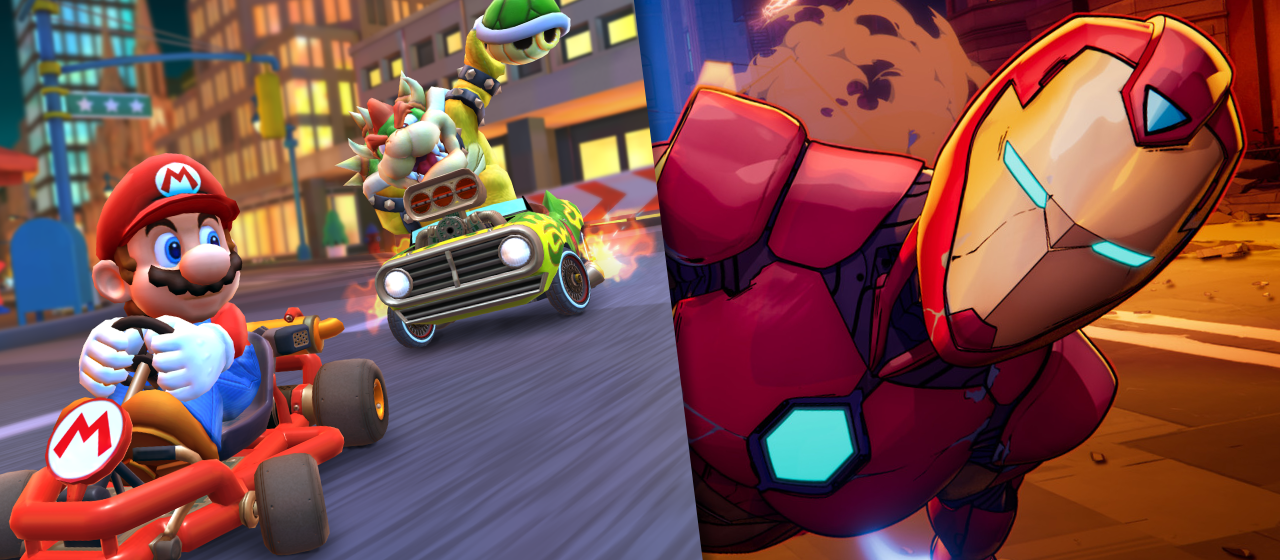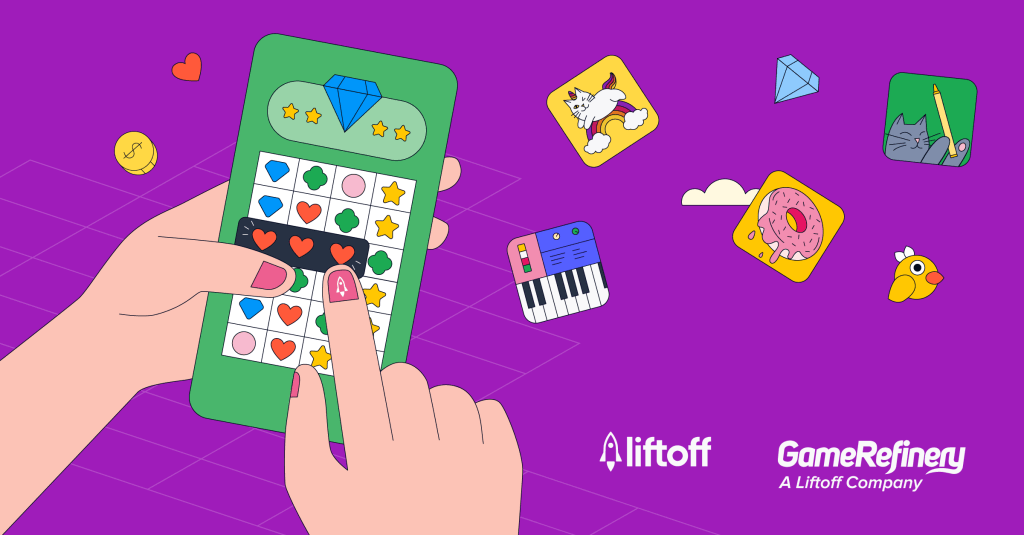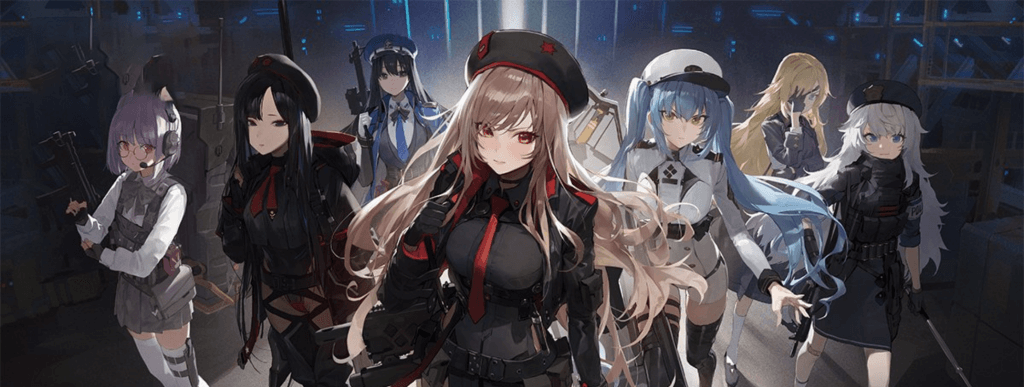Mobile games and gacha mechanics have been closely aligned for a significant time. Regardless of the genre, most gamers playing titles on a mobile device will inevitably encounter gacha mechanics in some shape or form, whether that’s a box gacha, sugoroku gacha, timed gacha, or one of many others.
That’s why it was such a surprise when Brawl Stars and Mario Kart: World Tour removed gacha mechanics in recent updates and to see Marvel Snap neglect the mechanic entirely in favor of other monetization methods. With this starting to look like a broader trend, more mobile games are likely to follow, but the question remains: why now?
Below we take a deeper dive into the challenges facing gachas across the industry and look at the mobile games that have since adopted a new monetization strategy.
‘Loot box’ legislation
Without being party to internal discussions between the development team, no one can say why certain games are ditching gacha. Still, speculation would suggest this to be a knock-on effect of the crackdown on gacha mechanics, or what many gamers refer to as ‘loot boxes,’ in specific locations across the globe.
Most recently, the European Parliament voted to take action against loot boxes (and several other issues) and assess whether the current law is sufficient to address the issues raised by loot boxes and in-game purchases – and to propose standalone legislation if it isn’t. Last November, an Australian MP also introduced a bill that seeks to amend the Australian Classification Board rules to require that any game with ‘loot boxes’ receives an R18+ classification to prevent children from purchasing and playing them.
It’ll likely be a while before the impact of these discussions comes to pass, but regulations have already taken a step further elsewhere in the world. Last year, political parties in the Netherlands broadly backed a new attempt to block the sale of ‘loot boxes’ in the country, arguing that they’re a form of gambling that manipulates children. This closely matches Belgium, where the implementation of loot boxes in video games has been a prosecutable criminal offense since 2018.
Some developers appear unphased by the situation. One study highlighted by GamesIndustry.Biz suggests that legislation on gacha is challenging to enforce, with 82% of the highest-grossing iPhone games in Belgium still generating revenue through randomized monetization. Others are less willing to take the risk, such as when Blizzard scrapped the release of Diablo Immortal in the Netherlands and Belgium last Summer, stating the ‘current operating environment’ as the reason.
Mario Kart Tour
The situation is more complicated for games already on the market utilizing gacha mechanics, with developers having to consider reimaging their monetization methods or even shutting down games entirely in the affected areas.
Nintendo has experienced this first-hand after shutting down both Animal Crossing: Pocket Camp and Fire Emblem: Heroes in Belgium in 2019 due to their heavy reliance on gacha mechanics, stating at the time that ‘future Nintendo games with similar earnings models will no longer be released in Belgium.’ With similar legislation looking increasingly likely to spread further afield, it was perhaps inevitable that the developer would begin to experiment with alternative solutions for its other titles.
Enter Mario Kart Tour, which removed its gacha pipes in an update last October. The pipes were previously the primary method for players to acquire new drivers, karts, and gliders, the most sought-after items in the game. These cost five rubies per pull – this premium currency could be obtained through IAP, starting with packs of 10 at $5.99.
Given that the game has hundreds upon hundreds of gliders, playable characters, and karts, players after a specific character or item previously had to spend a substantial amount of real-world money to acquire it due to the low drop rate. A Daily Spotlight Shop has now replaced the gacha pipes; it features a changing selection of drivers, karts, and gliders available for purchase up to three times per day in exchange for rubies.
It is worth noting that gacha mechanics are still present in other parts of the game, such as the Daily Tour Challenge rewards, Token Shop, and Premium Challenge rewards. However, they don’t feature direct monetization. These changes appear to indicate an overall negative impact on revenue, with figures visibly declining over the most recent six-month period, suggesting that the title still has some challenges ahead in terms of revenue.
Even so, this may be of little concern to Nintendo, who recently stated that they see their mobile business as a way to expand the number of people who have access to their IP rather than generate profit. Such a strategy may also explain why they are among the first developers to remove gacha mechanics.
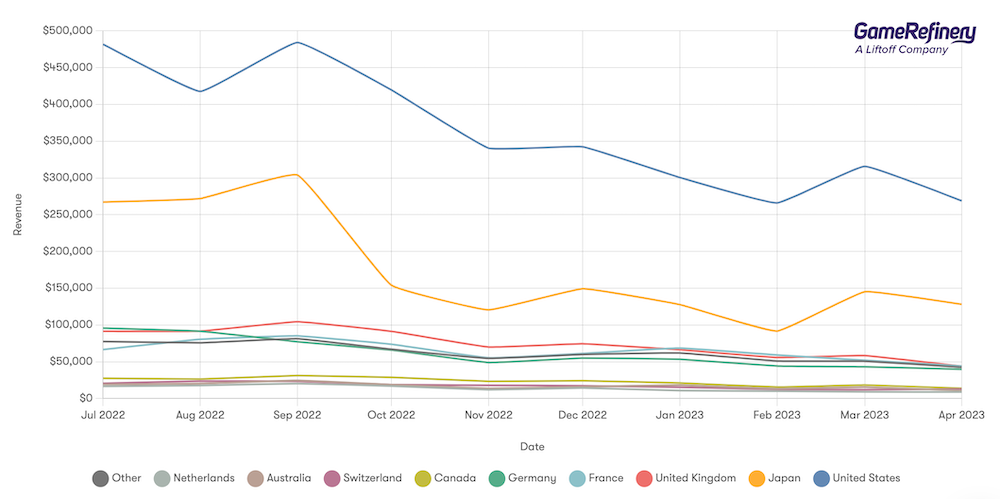
Brawl Stars
Another major mobile game to turn its back on gacha mechanics is Supercell’s Brawl Stars, which last October reworked its Gears (passive skills unlocked by characters at levels 10 and 11). Previously, they were acquired using a special gear currency and gear materials via gachas, whereas they can now be freely unlocked using coins if the level requirement is met.
On 12 December, Supercell took this further by completely removing all random elements from its character unlock and upgrade systems, meaning there are no longer any gacha mechanics within the game. A new system called Starr Road was introduced, which utilizes a linear progression system that enables players to unlock new characters and upgrades using a new currency called Credits.
Credits can be obtained from the Brawl Pass, Trophy Road, challenges, quests, or via direct purchase. Further monetization is implemented through the ability to fast-track the process, with characters unlockable immediately at any point using gems acquired through in-app purchases.
Revenue in Brawl Stars appeared to be upward trend following these updates, but has since declined; which is likely down to several factors. For one, some players may have decided to do a final spending spree before the gachas disappeared forever. Secondly, many players were likely excited about the removal of gacha and decided to revisit the game, and subsequently ended up investing in the new progress and upgrade system. Lastly, this was all happening around the holiday season, when there were lots of special offers available.
The subsequent fall in revenue is more difficult to pinpoint. Given that most of the monetization now revolves around the purchase of purely cosmetic items (such as skins), it could be that players simply aren’t as interested in buying these as Supercell anticipated. The change in progression systems also provided generous coin compensation for endgame players based on their upgrade levels, meaning many players may have had enough resources for upgrades without needing to resort to in-app purchases.
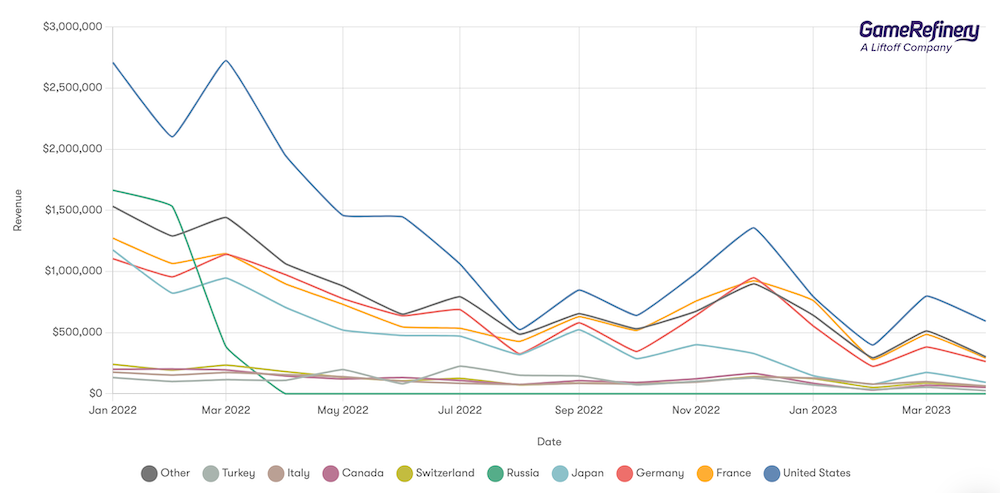
Marvel Snap
It’s nearly impossible to talk about the gacha mechanics in the mobile market without mentioning Marvel Snap, which was named Mobile Game of the Year at last year’s Game Awards. The TCG has widely been praised by critics and gamers alike for its player-first free-to-play monetization strategy, which is entirely gacha free.
Instead, the title relies on two primary sources of revenue. The first is a premium version of the game’s Season Pass, available for $9.99, which enables players to acquire cards faster or unlock exclusive new cards. The second is the premium currency, Gold, primarily used to obtain unique card ‘variants,’ such as pixelated Spider-man – it can also be exchanged for credits and boosted to upgrade players’ existing cards.
Gold can be purchased in packs of increasing sizes starting from $4.99, with variants typically costing either 700 or 1200 gold, although some exceptionally rare cards can cost upwards of 4000 gold. This is a reasonably steep asking point for a digital trading card for many players. Still, the caveat is that these are primarily cosmetic, meaning there’s no real competitive gameplay advantage for those willing to invest.
Any developer adopting a similar strategy would have to consider that this carries a risk of players ignoring the in-app purchases entirely. Developer Second Dinner must have been conscious of this themselves as, during Marvel Snap’s beta period, the game initially featured gacha mechanics known as ‘Nexus Events.’ These proved so wildly unpopular that they were scrapped in favor of the current system.
Regardless, the title is currently a significant financial success. However, given it is still riding a wave of popularity as a new game on the market, it remains to be seen how that might change in the long term once user acquisition declines. That being said, the title has the benefit of being based around one of the world’s most popular IPs, which will surely help to drive its monetization efforts.
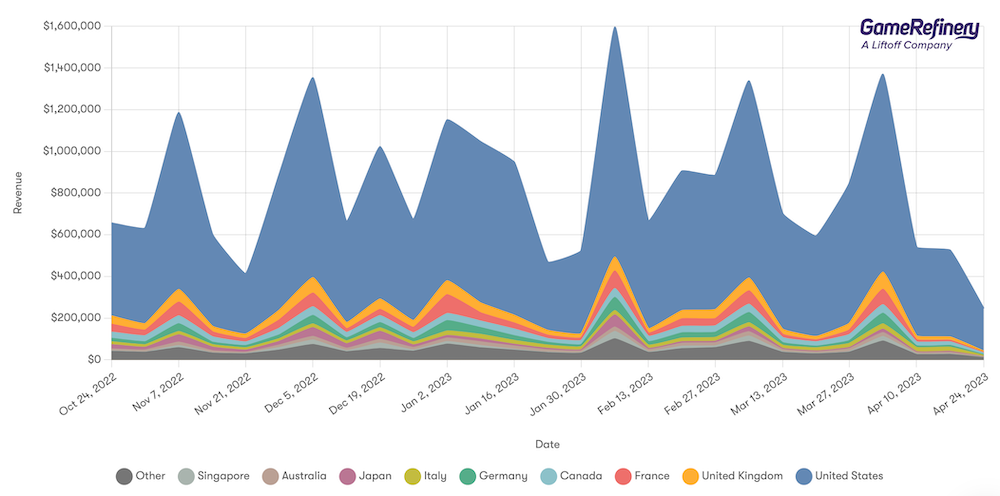
If you’d like to learn more about how different mobile games are monetizing their games, you should check out some of our other articles:

